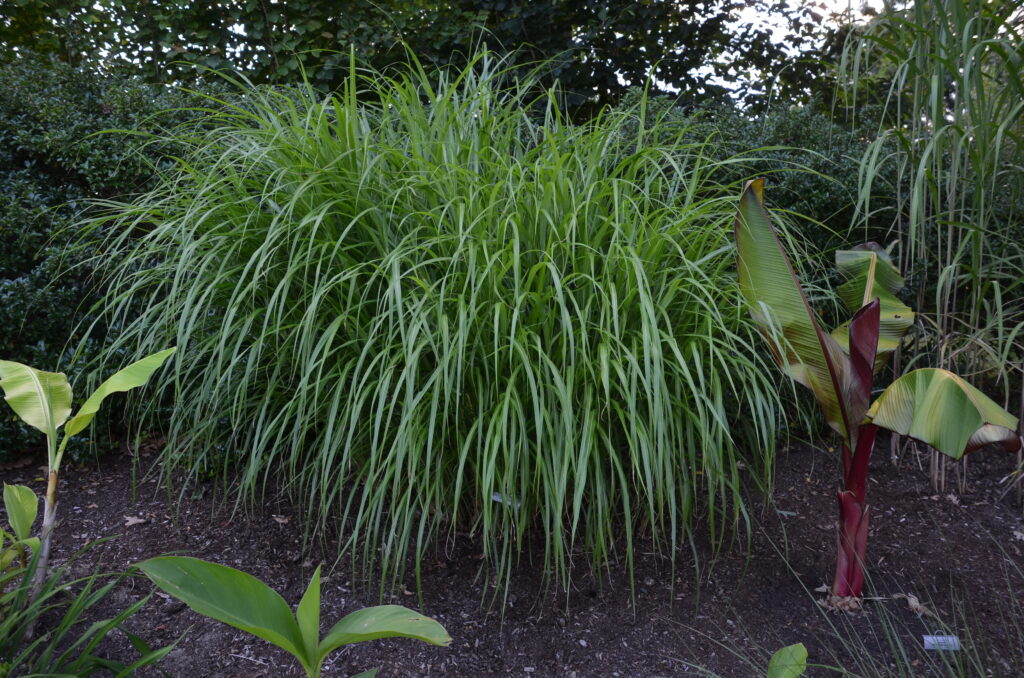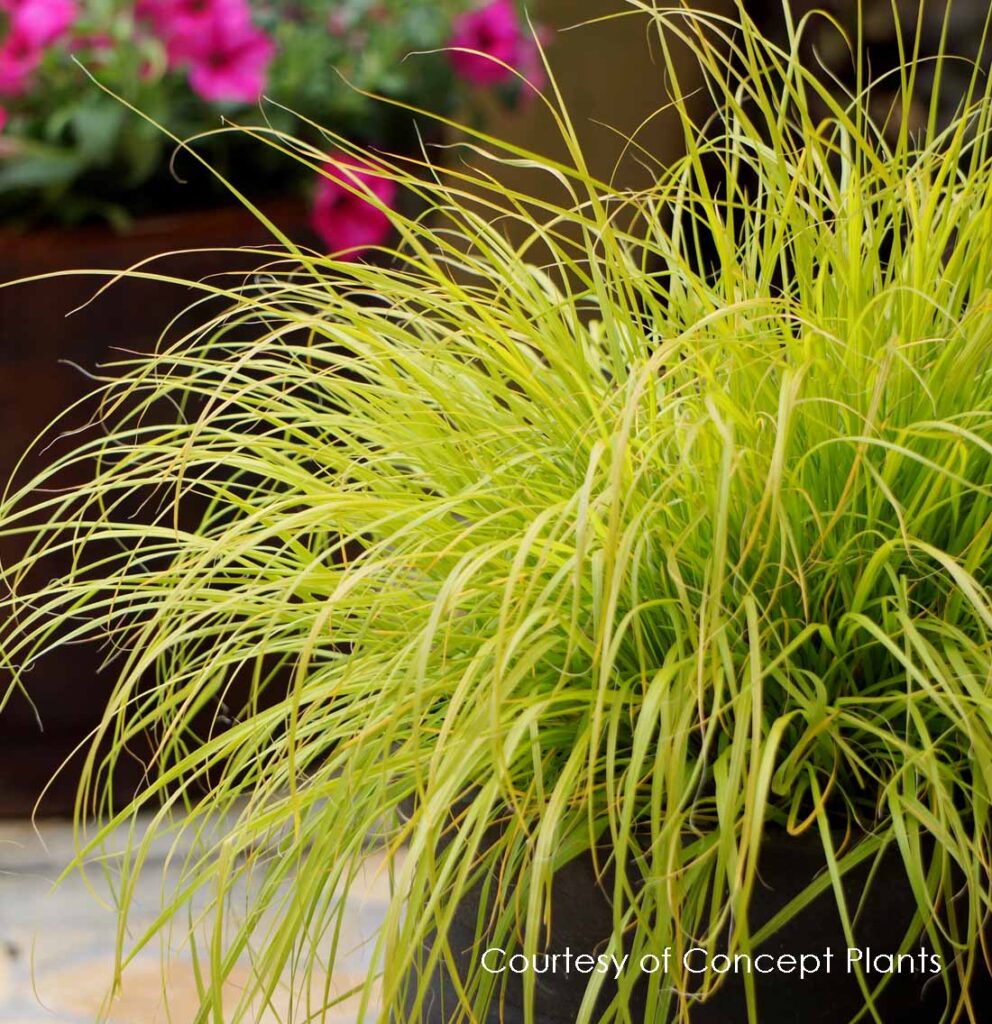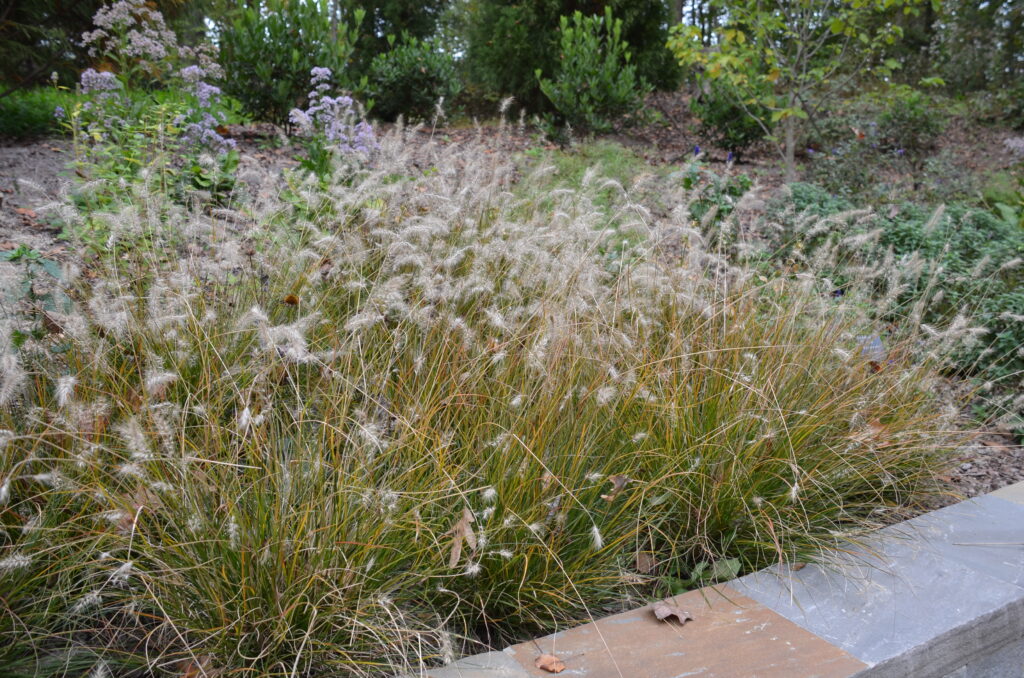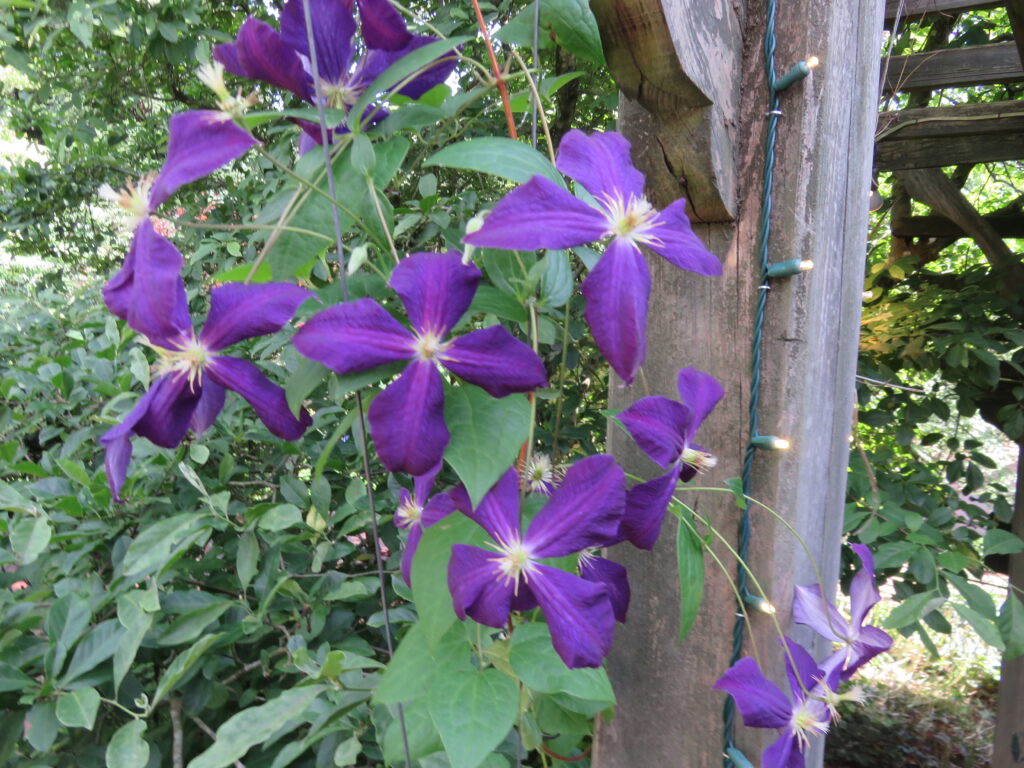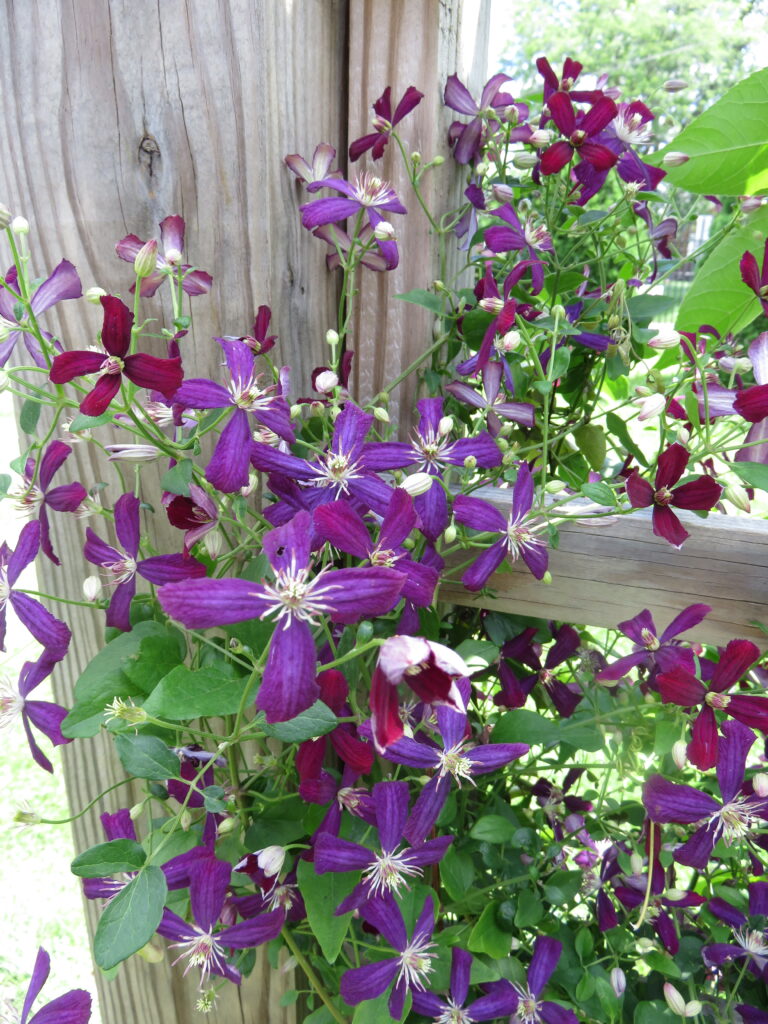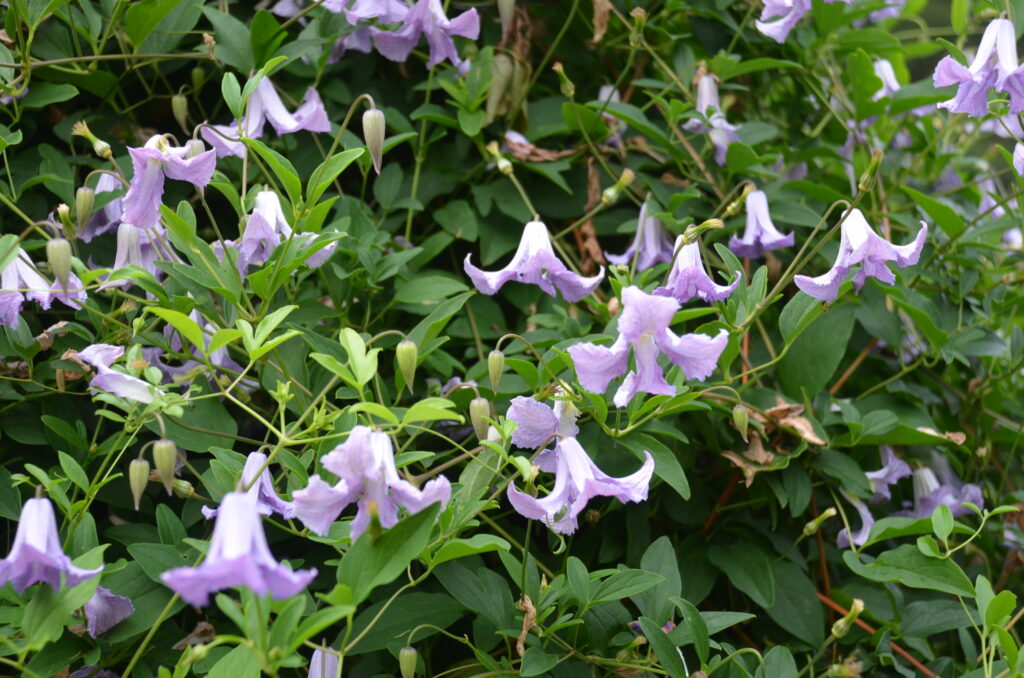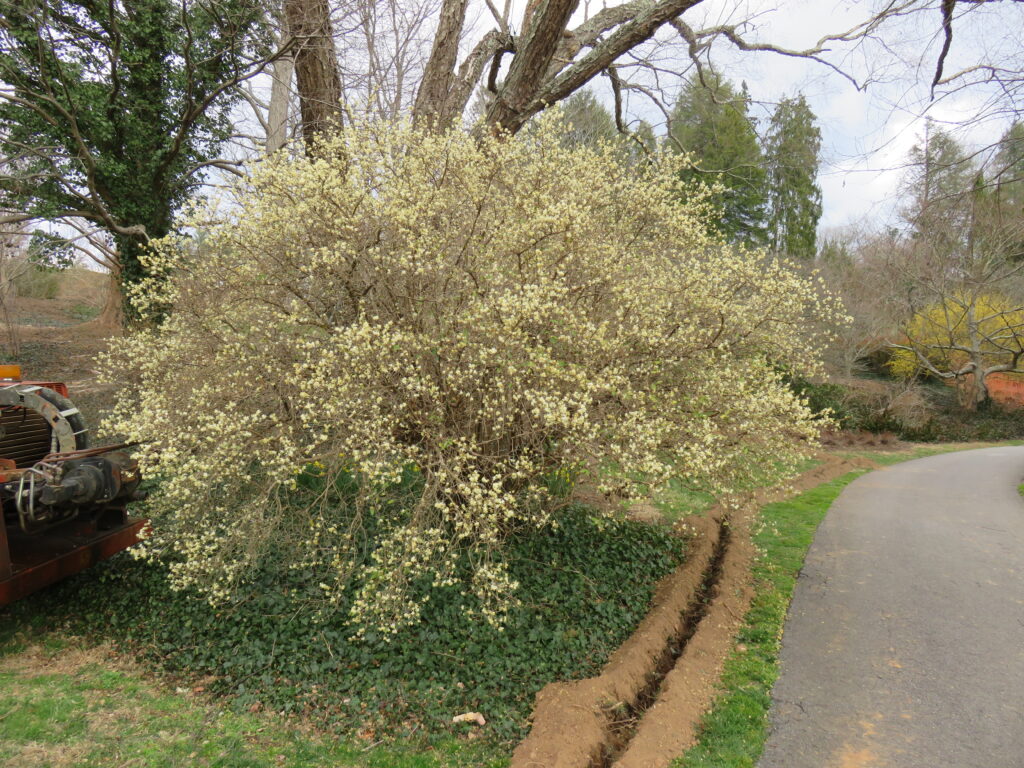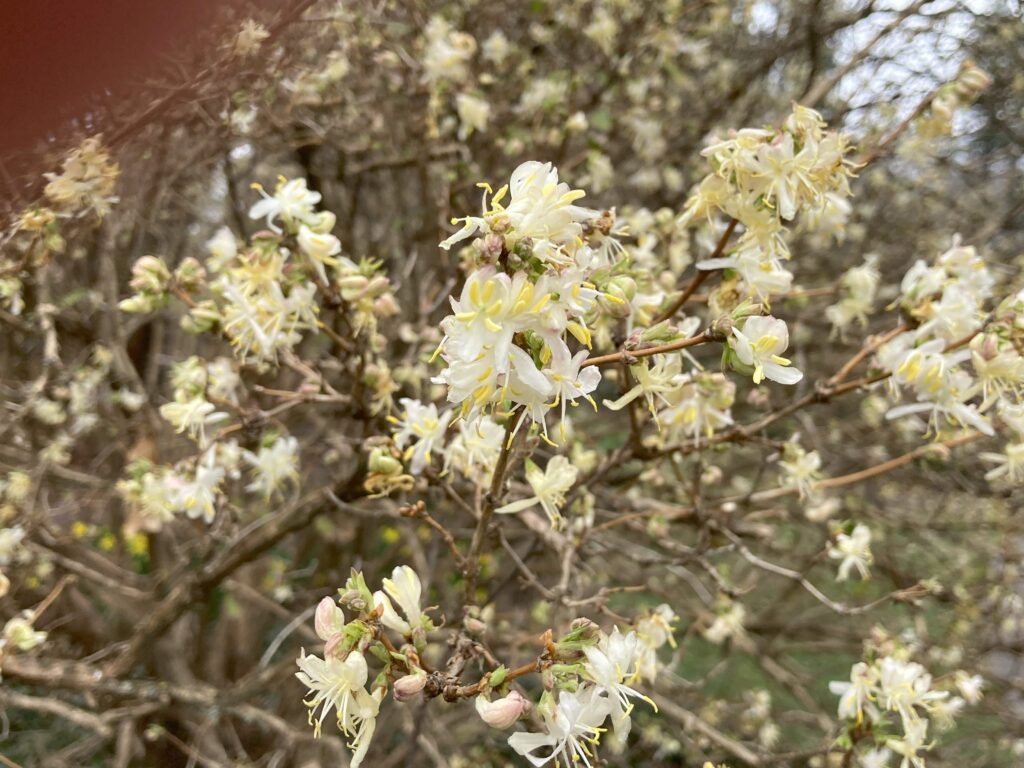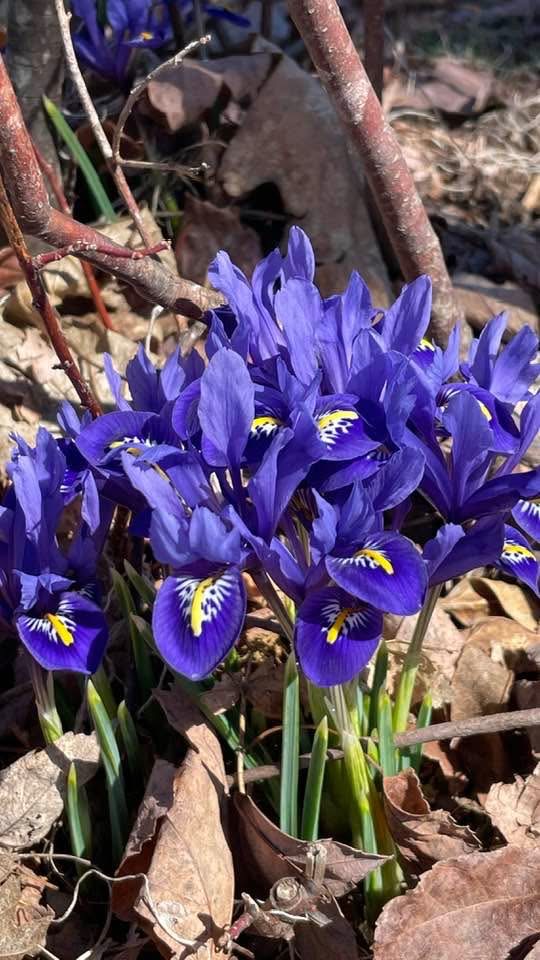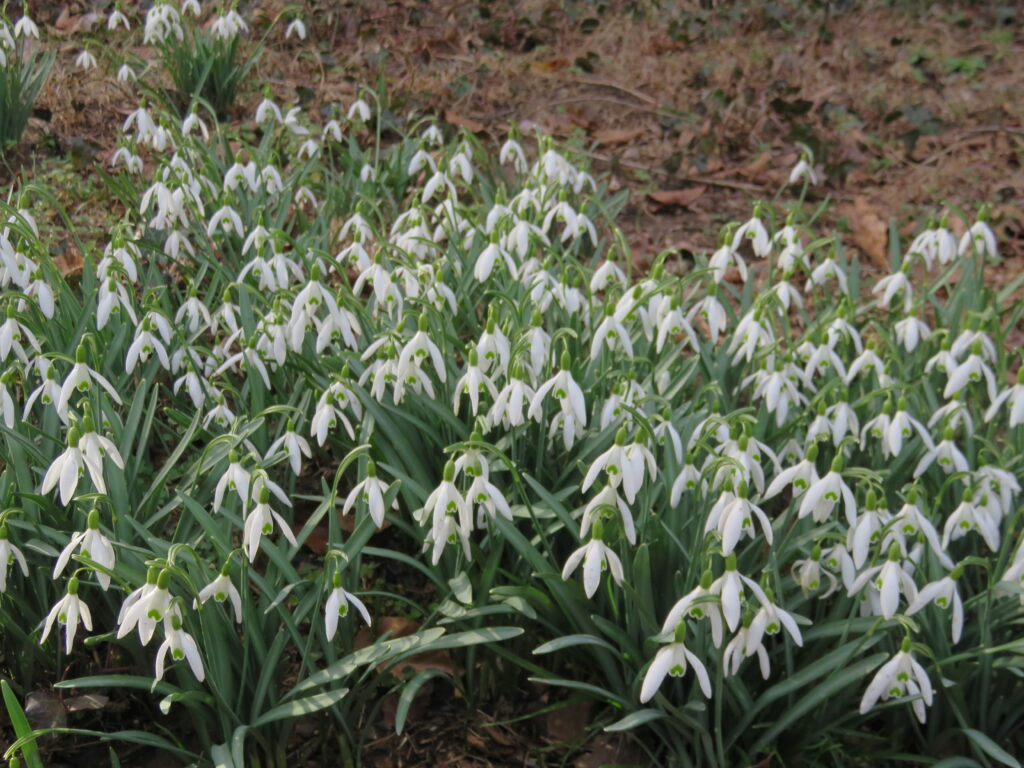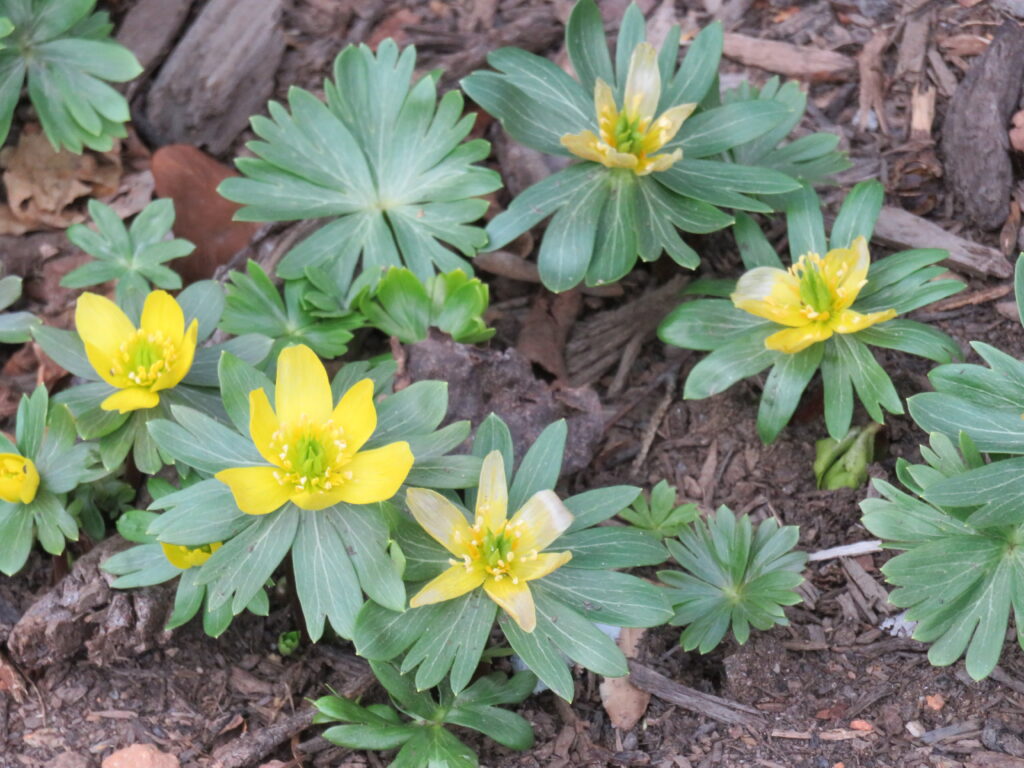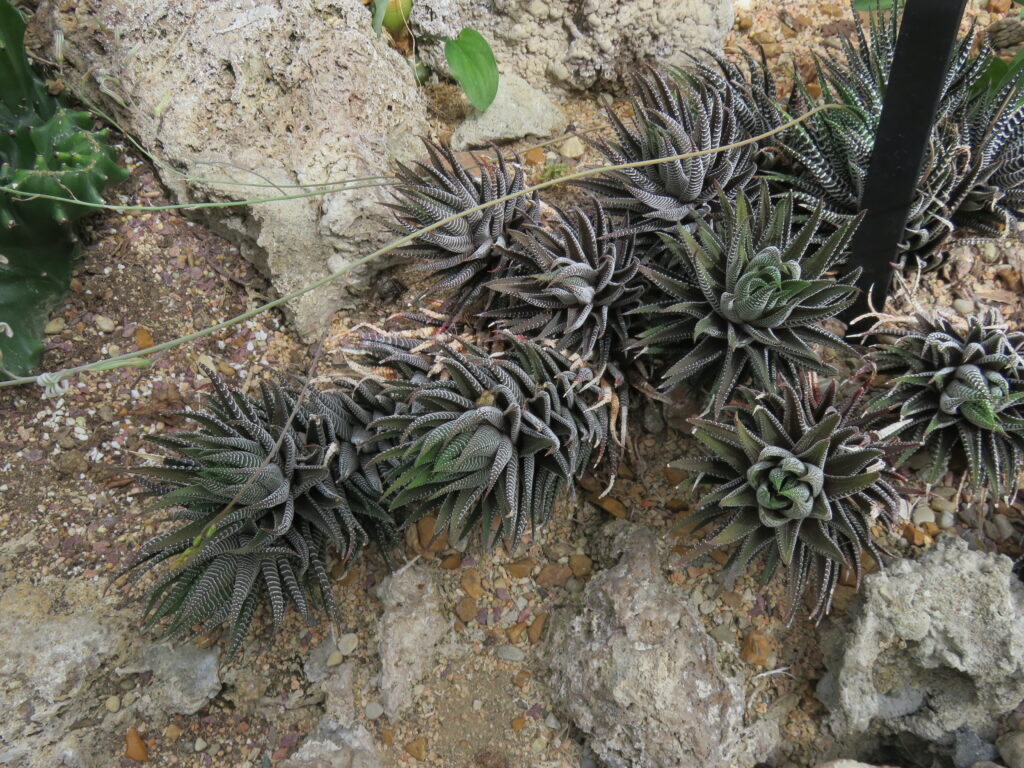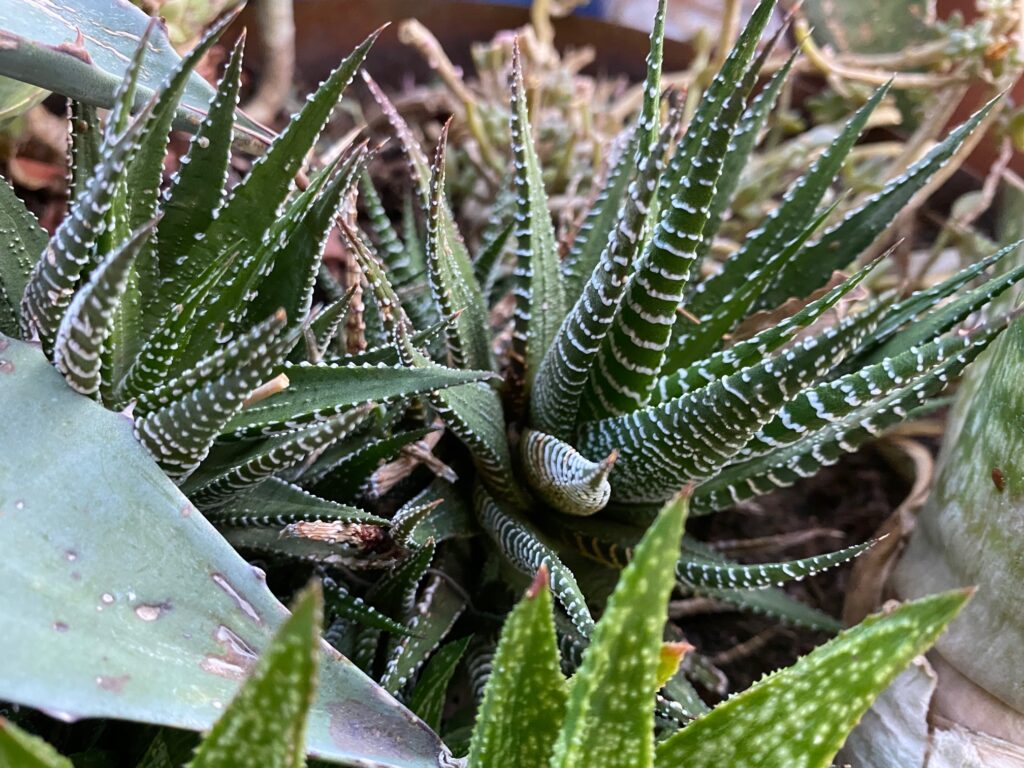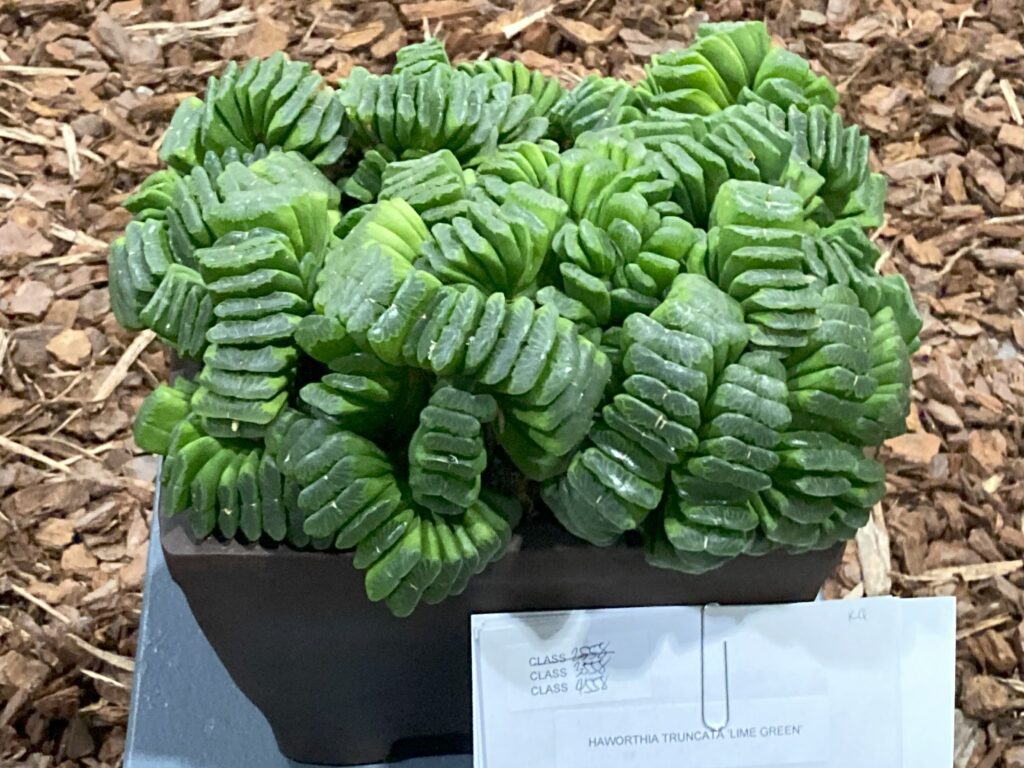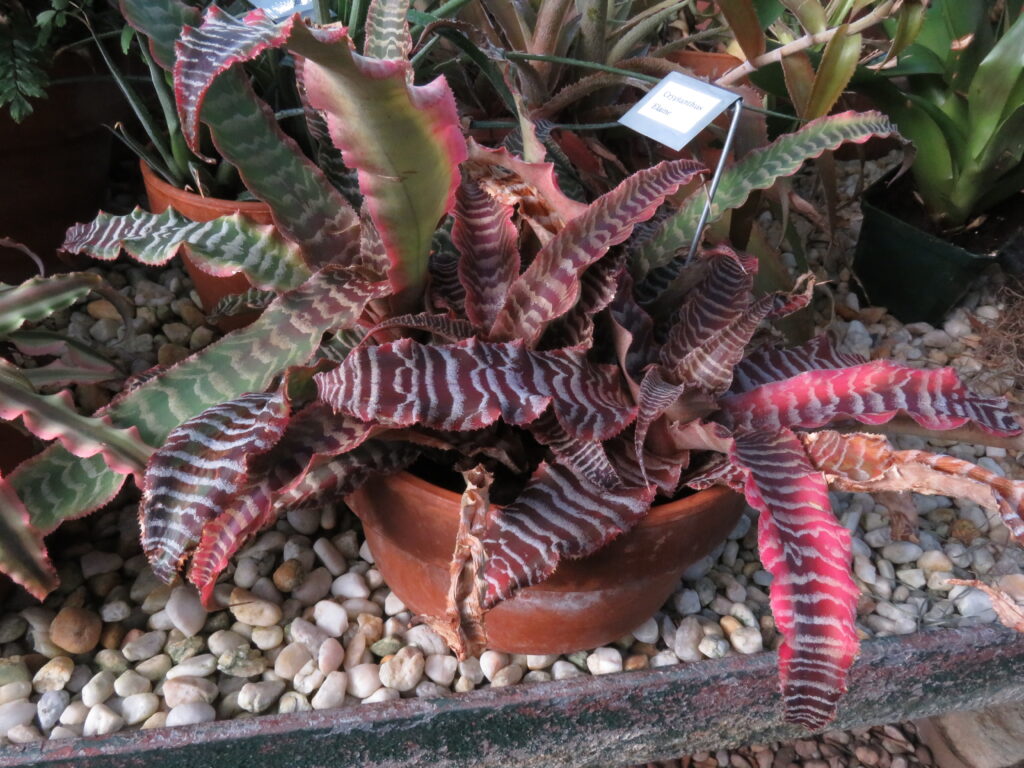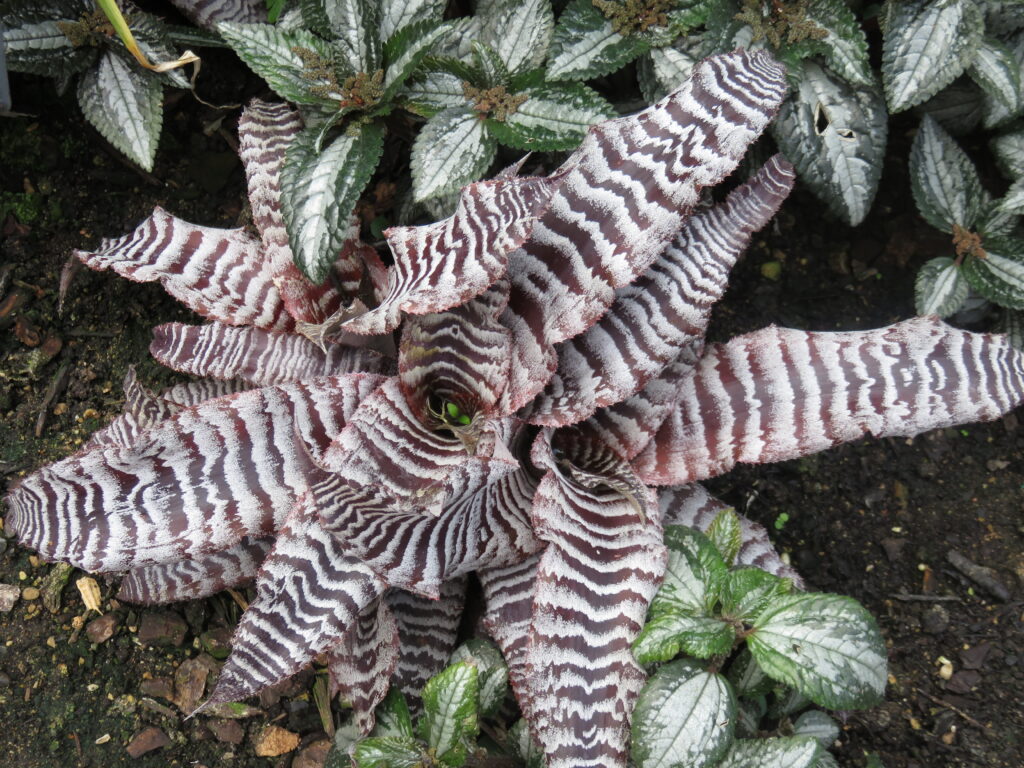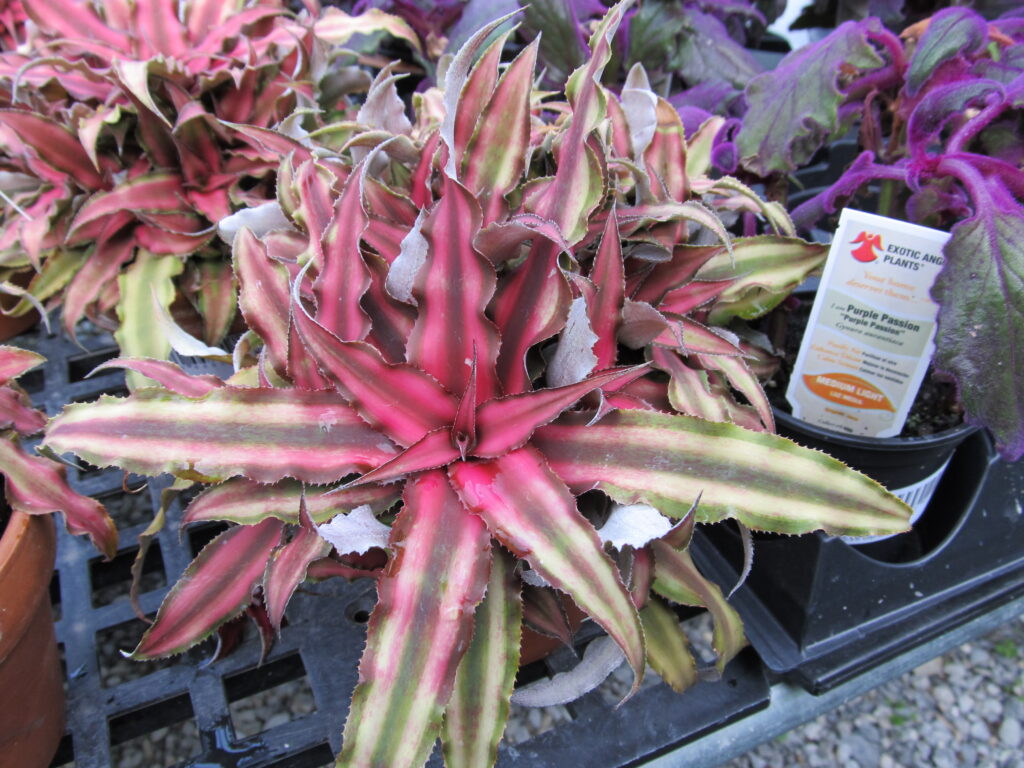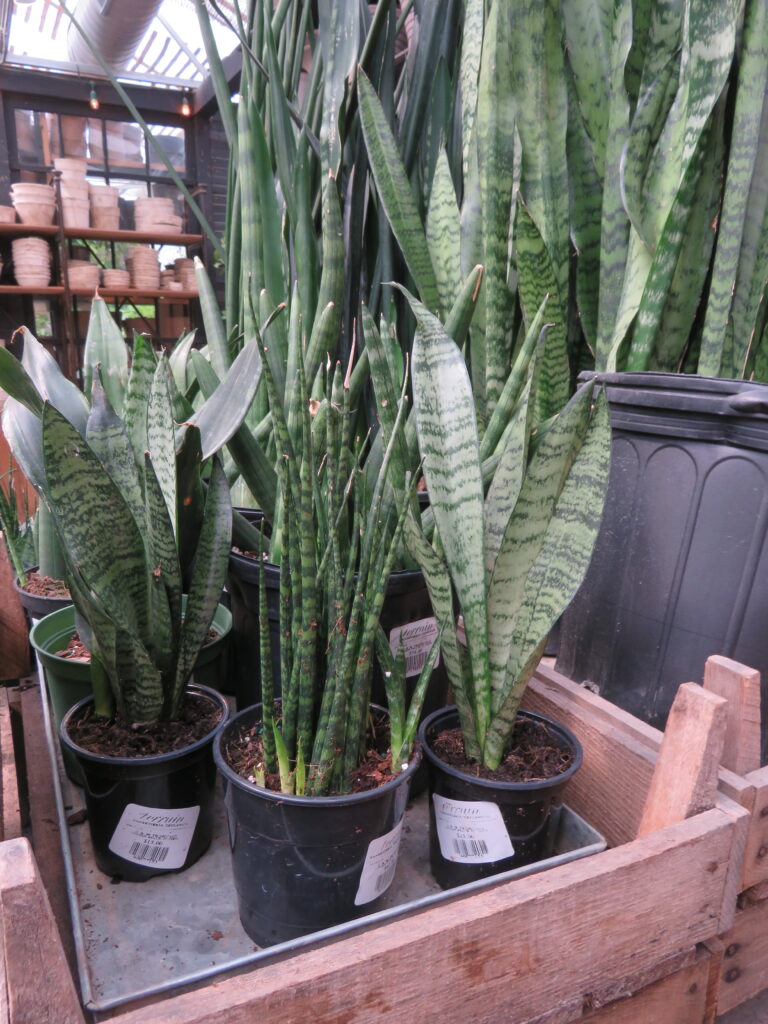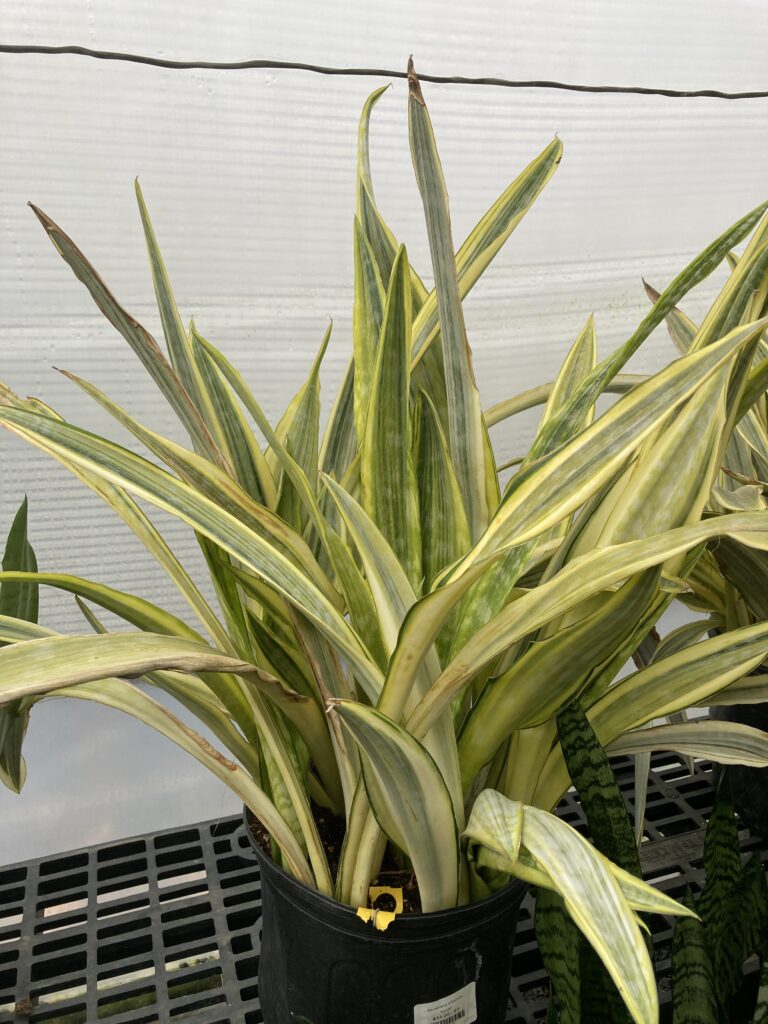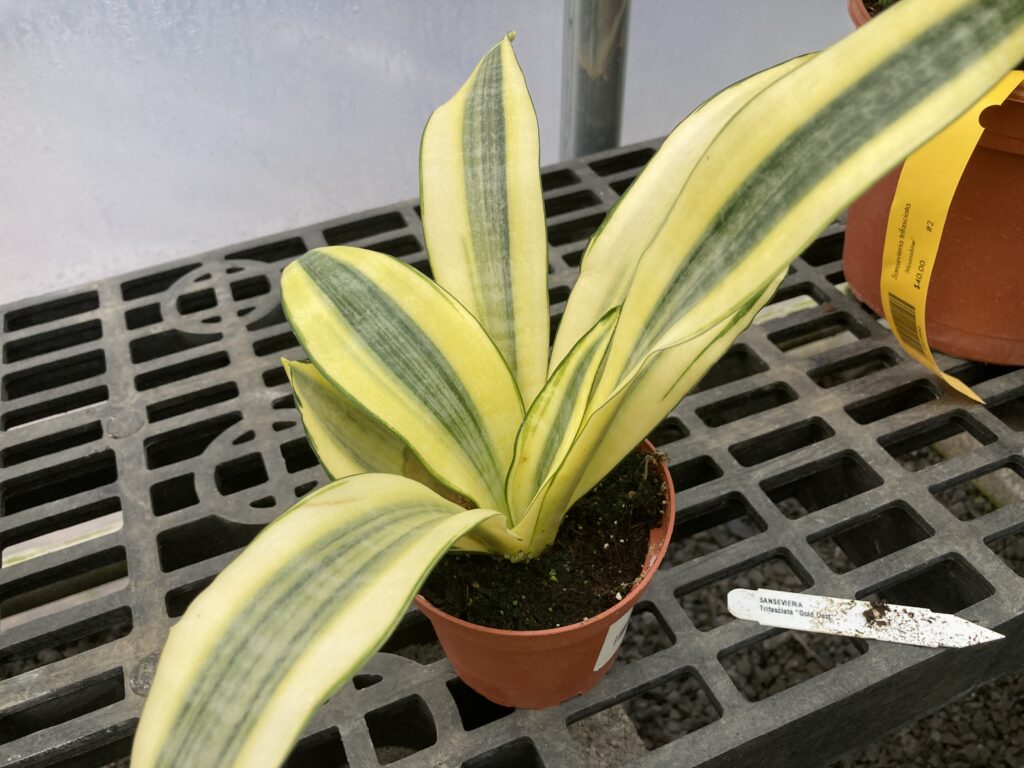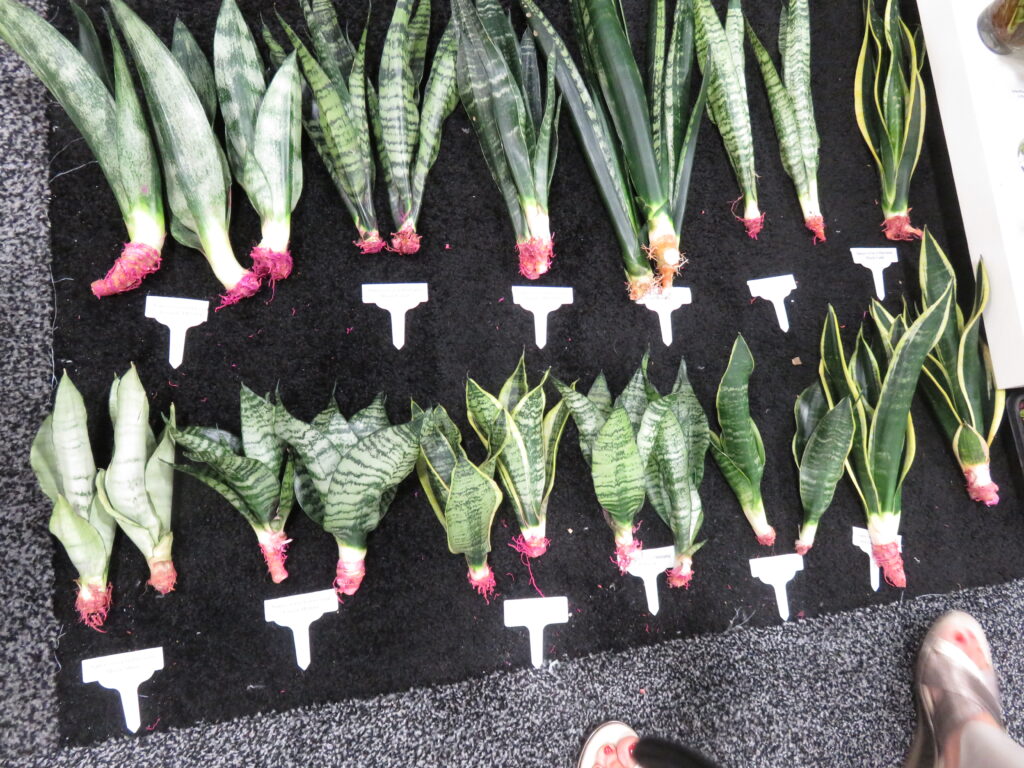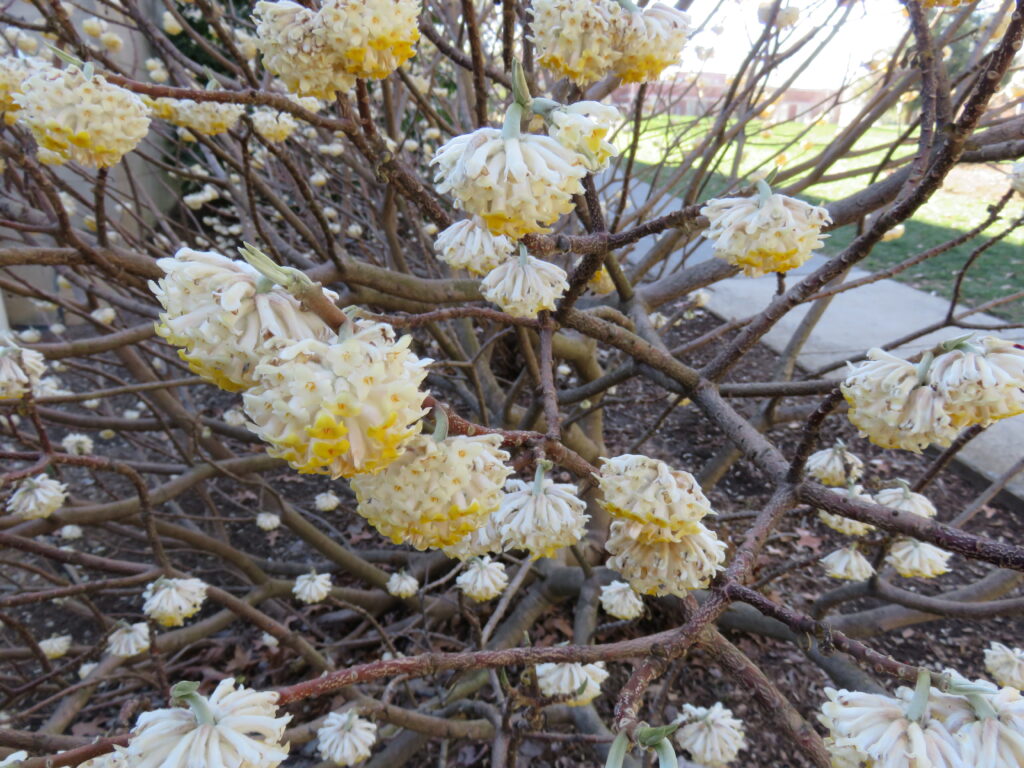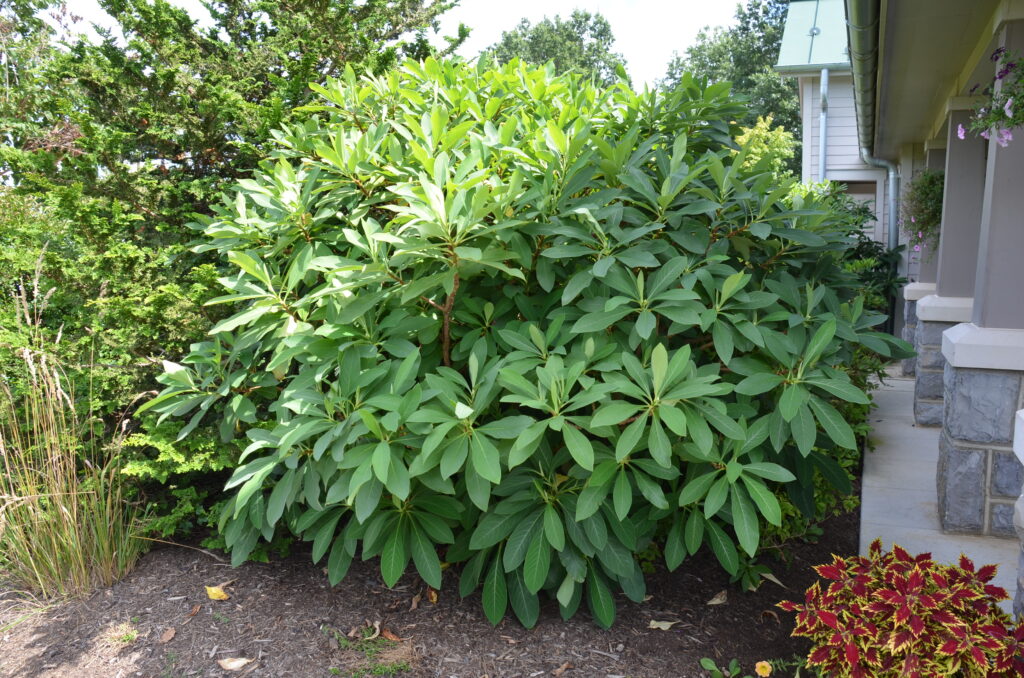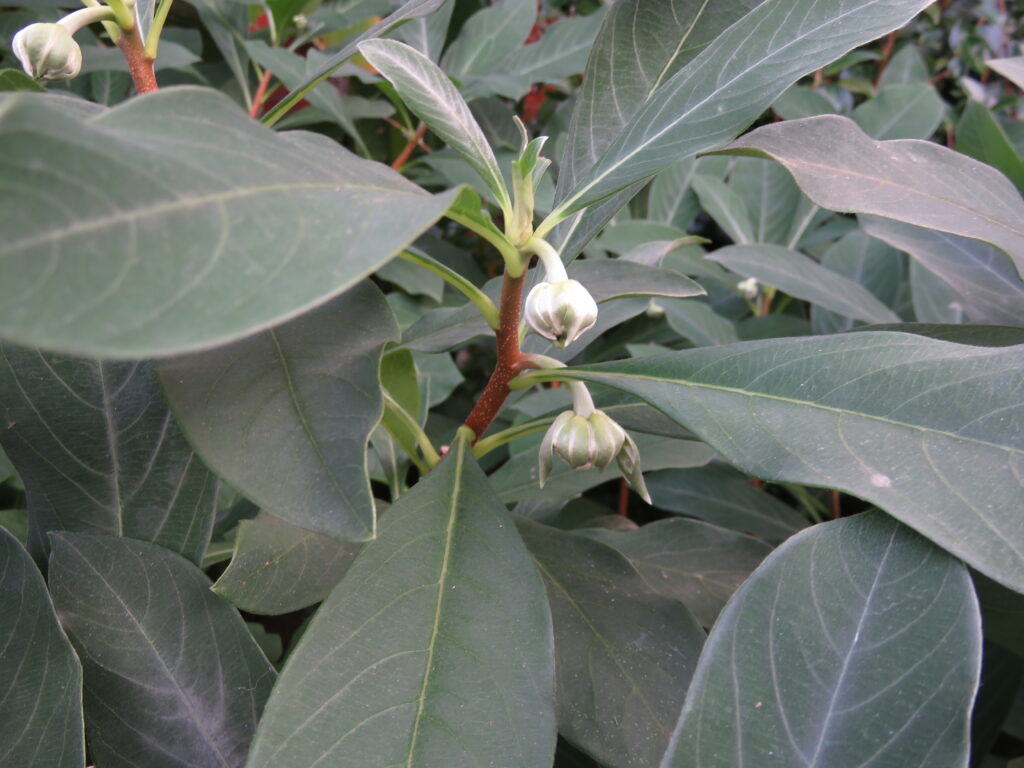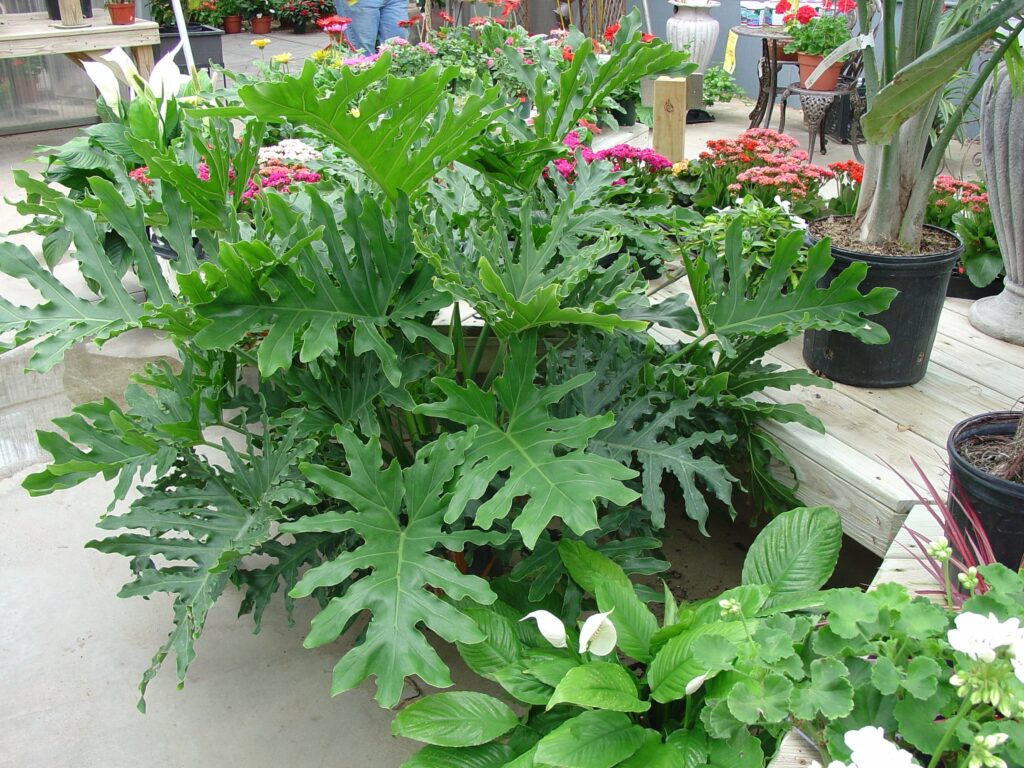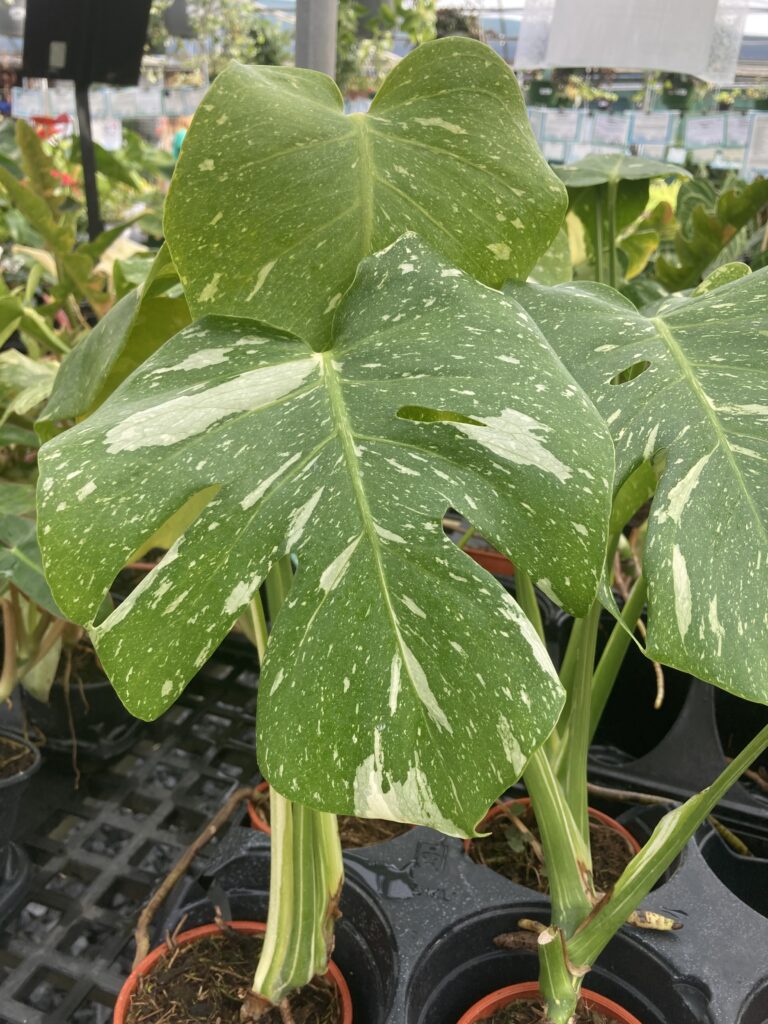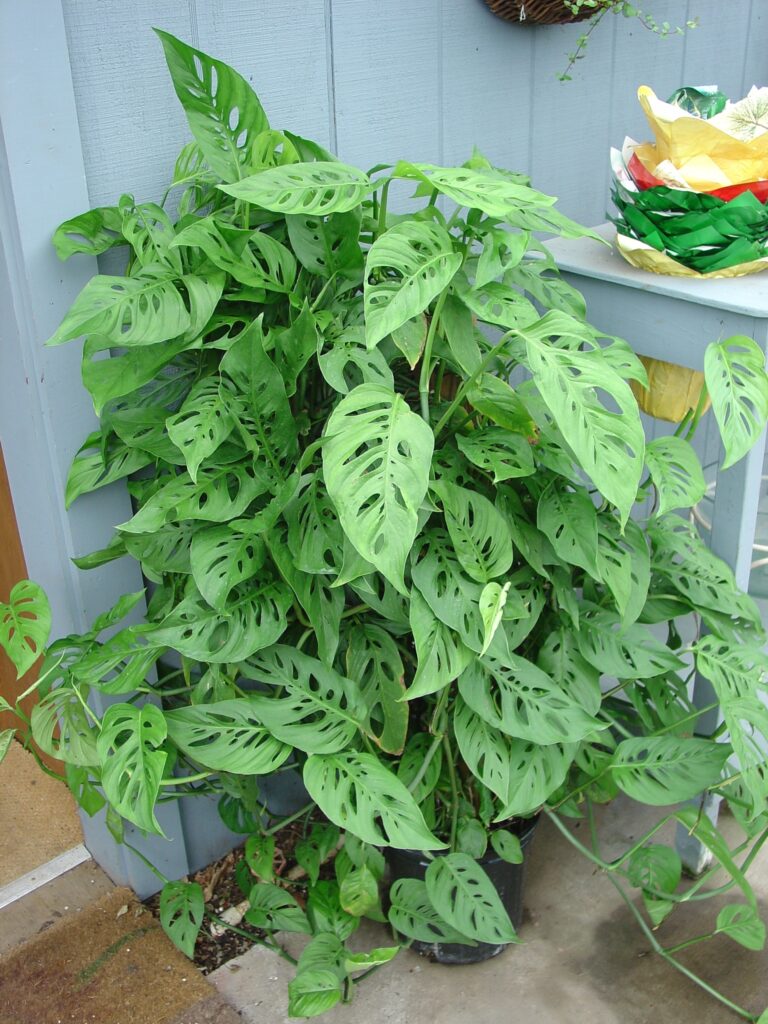For small garden spaces, including large containers, patio peach (Prunus persica) is a gem. This miniature tree bears long narrow lush green (or reddish) foliage. Site selection is crucial to ward off potential disease and insect problems.
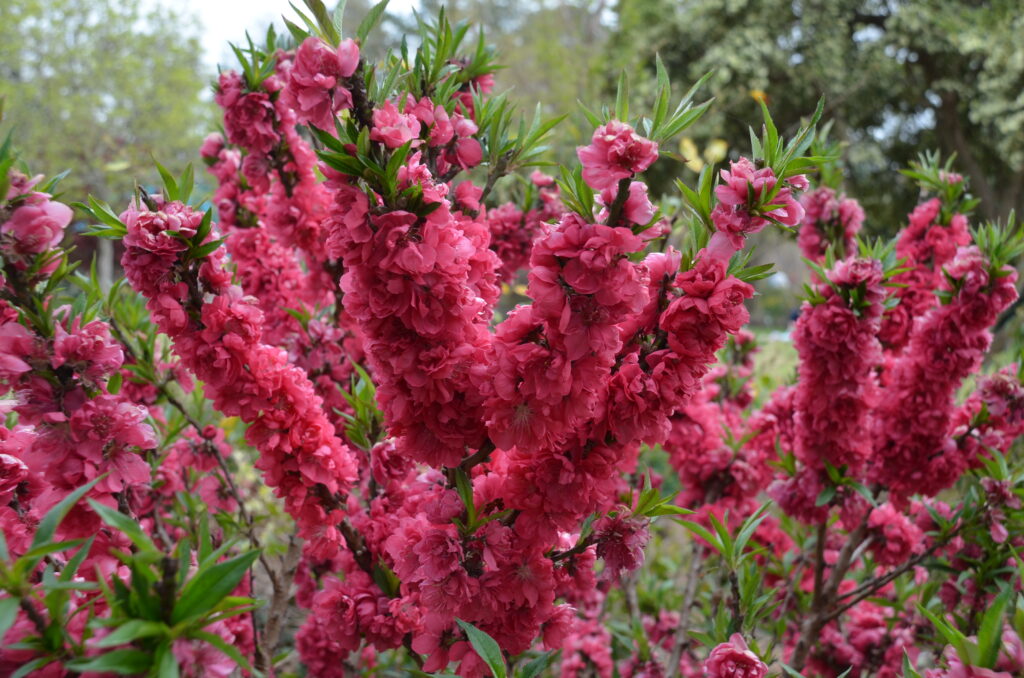
In the mood for tasty peach cobbler? Patio peach is a genetic dwarf and may be grown in a large container on your deck or patio. Tree height averages 6-8 feet tall but many varieties may be shorter or taller. Fruit size on true genetically dwarf trees are less than 3 inches. Those varieties that produce fruits must receive 400-500 hours of chilling temps below 32° F) over winter.
Grow in moist, well-drained, mildly acidic soil and maintain 2-inch mulch layer. Irrigate tree every 7-10 days if natural rainfall amount is deficit. The tree should receive full to partial sun (6 hours minimum) with good air movement to thwart major disease problems. Insect problems also abound with peaches.
Patio peach is glorious in bloom in early spring. Open blossoms are frequently injured by overnight frosts. Depending on the cultivar, red, pink, or salmon flowers are mildly fragrant. Weather cooperating, native bees and early arriving butterflies will pollinate blossoms. The mostly inedible peach-like fruits mature in summer and are mostly hidden from view by the dense foliage.
Feed landscape-grown trees with granular 10-10-10 or equivalent in early spring. Container-grown trees are best fertilized bi-monthly (3 times a year) with water soluble fertilizers such as Miracle-Gro™, Nature’s Source™, or Schultz™. Do not fertilize after August 15th. Irrigate tree(s) during summer dry spells. Prune patio peach immediately after spring flowering; remove dead, broken or diseased branches at any time.
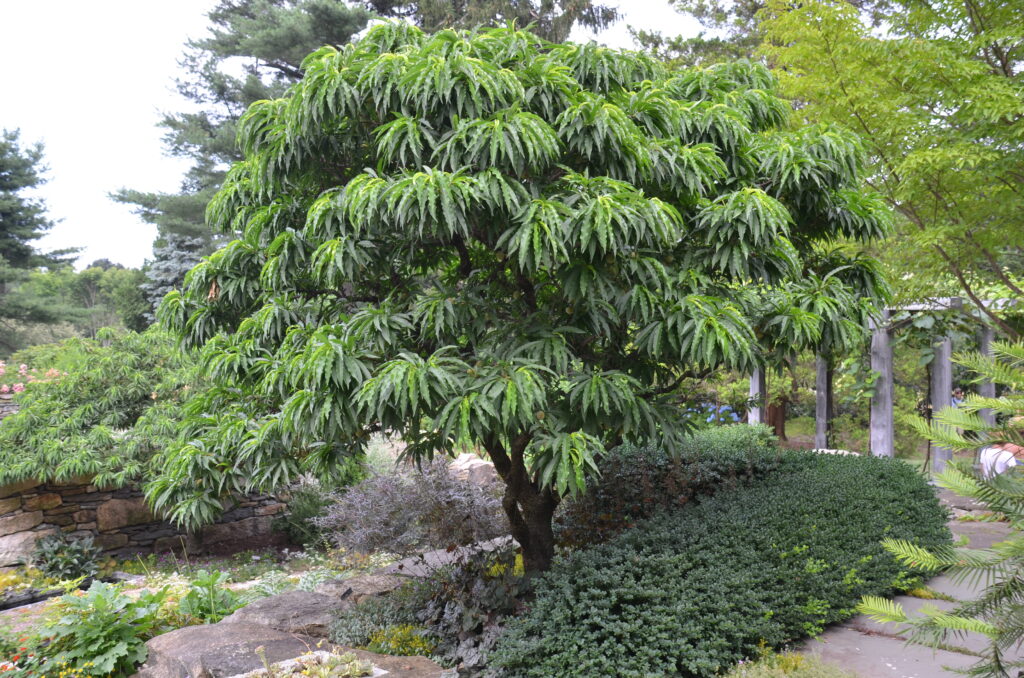
Inspect peach tree(s) weekly from spring into early summer (April thru early July) for wood borers and scale insects, particularly on the lower scaffold branches and main trunk. Treat with preventative insecticides every two weeks such as Bayer Advanced Garden Insecticide™ to prevent peach twig borer, aphids, and spider mites. Also, patio peach trees are susceptible to numerous disease problems, including peach scab, peach leaf curl, leaf spots, bacterial canker, root rot, and mildew.

